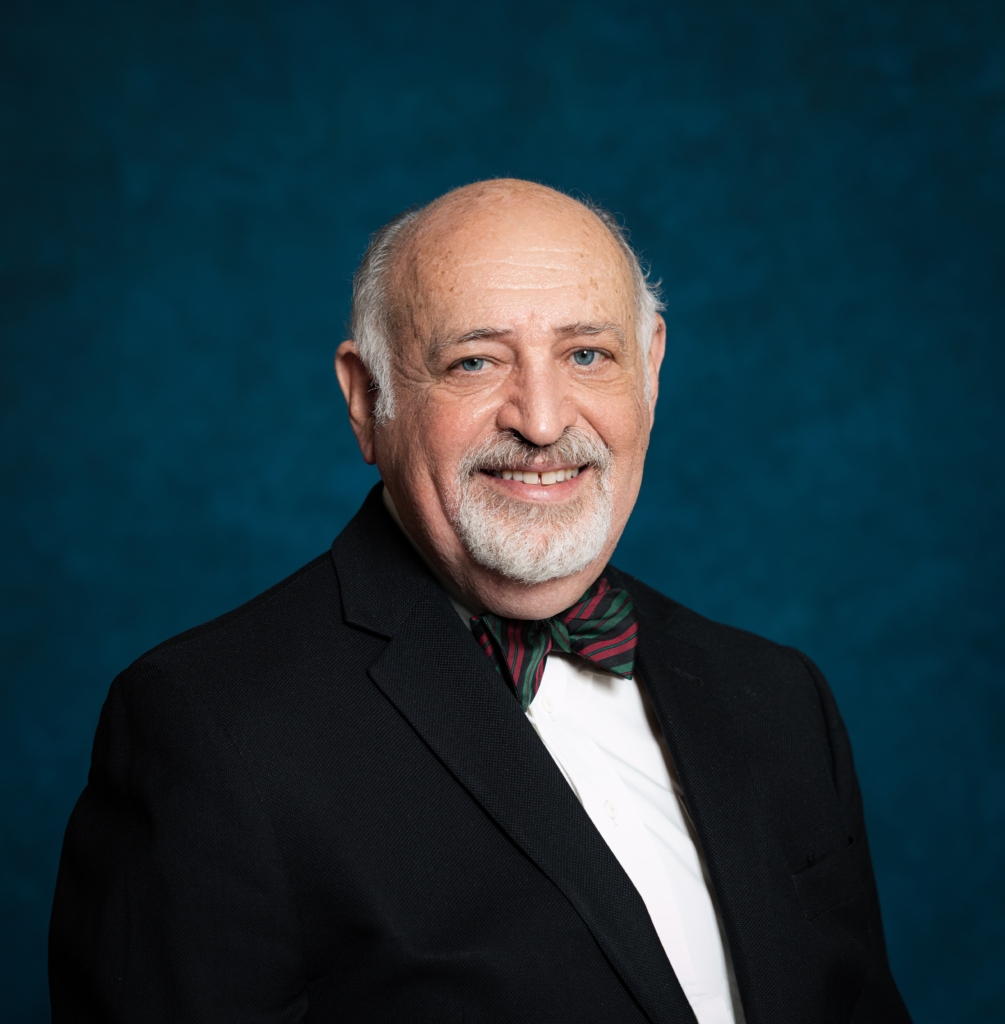Celebrating 50 Years of Sierra Eye Bank
A Brief Historical Perspective
Mark J. Mannis, MD
Chair, Department of Ophthalmology & Vision Science, Medical Director of Sierra Donor Services Eye Bank

Corneal transplantation, a procedure that is life-transforming for many thousands of people each year, is the only surgical procedure in ophthalmology that depends on a network of outside activity to provide tissue for the surgery.
Until 1950, there was no system dedicated to providing transplant tissue for those in need. However, Richard Townley Paton (1901 – 1984), a graduate of the Wilmer Eye Institute at Johns Hopkins in Baltimore and a practitioner of ophthalmology in New York City, recognized the need for an organized system that would provide recipients with tissue donated for transplant. In 1945, he founded the Eye-Bank for Sight Restoration in New York—the world’s first eye bank. He is rightly considered the “father of modern eye banking”. Over the next two decades, there was proliferation of eye banks throughout the country.
In the 1960’s, the Eye Bank Association of America (EBAA) was founded and consisted of member eye banks with active collaboration between corneal surgeons and professional eye bank technicians and administrators. Together, these eye banking professionals established uniform medical and procedural standards designed to assure that appropriate donors were chosen and that corneal transplants were safe and effective for the recipients. The system of eye banks in the United States has steadily become more sophisticated and efficient.
What would ultimately become Sierra Donor Services Eye Bank began in the late 1970’s as the Sacramento Valley Eye Bank and later as the Lions Eye and Tissue Bank. Over the ensuing decades, the eye bank has grown and matured to provide the highest quality tissue to recipients throughout Northern California and Western Nevada. Moreover, the role of the eye bank has changed. No longer just a clearing house for the accession and distribution of corneas and scleral tissue, the eye bank staff are now active participants in the transplant process by providing pre-screened, pre-cut, and pre-loaded tissue for the surgeon before anyone gets to the operating room. As such, the technical staff of the eye bank become integral partners in the surgical event.
When I first joined the UC Davis ophthalmology faculty 45 years ago, there was no administrative or technical staff. Some of the donor tissue was collected by ophthalmology residents-in-training, and often I was called in the middle of the night to come in, talk to families and perform enucleation for surgery the next day. With the advent of intermediate storage media, EBAA-trained and certified eye bank technicians, uniform national medical standards, and the development of important screening procedures and serologic testing, the system was able to provide surgeons in the area with reliable, safe donor corneas.
With a superb administrative staff and a team of very skilled eye bank technicians, Sierra Donor Services Eye Bank has provided over 1500 corneas for transplant in the past year in addition to other tissues as well as autologous serum tears. The wonderful success of corneal transplantation in our region is, in no small part, due to the exceptionally fine organization that has evolved over four decades. And, even at this writing, eye banking is preparing for the next phase of transplantation with cell-based therapy. We have every reason to be proud of this important team of professionals that provides profound improvement in the quality of life for so many people.